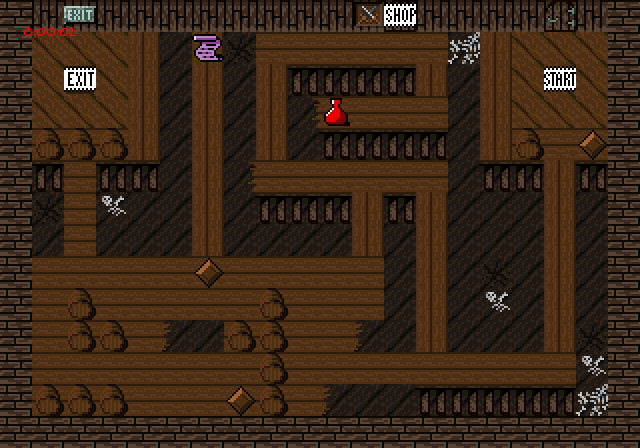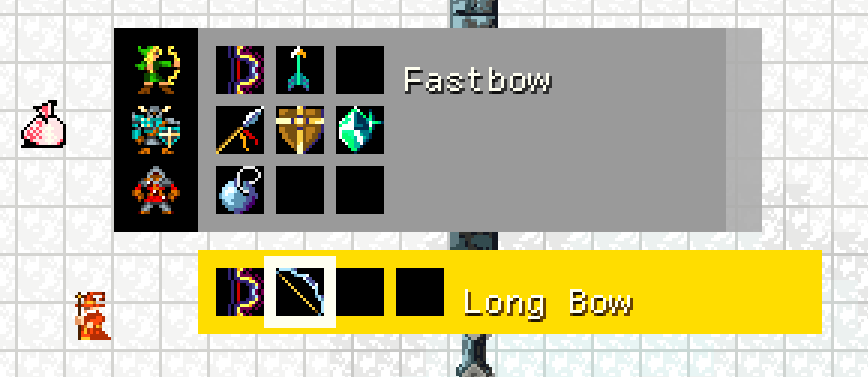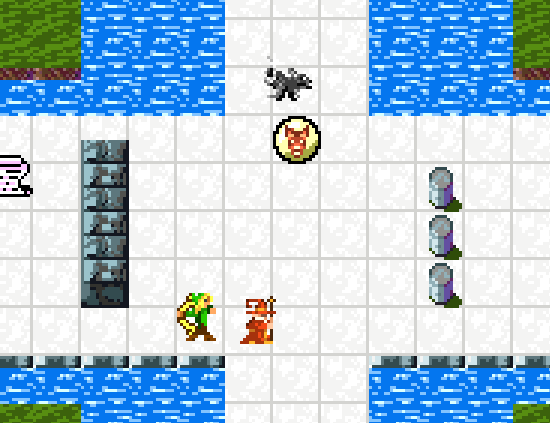A procedural level builder needs to be able to make fun levels.
It took me a while to get the hang of what is fun to do in the Soulcaster world–when making the first Soulcaster, I probably made about 30 bad levels before I found my footing and made some good ones. In this article I will take a closer look at some of these (the good ones), to see how they are constructed, what experience they offer, and how they might be broken down to be generated procedurally.
One advantage to the pattern-based room generator currently in SC3 is that, worst case, I can just build a large collection of intact levels with some basic parameters, then stitch them together randomly to build the game world. This at least offers the craftsmanship of prefab levels, but kept fresh for each replay. I’m not setting out to make an algorithm that could generate these levels from scratch–that would take way too long. Instead, I’m looking for ways these levels could be broken down into basic elements that could be swapped out, flipped, rotated, inverted, and otherwise manipulated.
Some levels will be only slightly dynamic, while others will have lots of parameters and will be vastly different every time. I think we’ll need a good balance of both of these types to make a solid experience.
Let’s start with the simplest level, the Cellar.
 This is a great example of a room that’s best left intact. It has a few waves of enemies that appear from the barrels, controlled by a combination of floor switches and natural progression by killing foes. Maybe later down the line I could find a way to add dynamic parameters, but that can be put off until alpha or later.
This is a great example of a room that’s best left intact. It has a few waves of enemies that appear from the barrels, controlled by a combination of floor switches and natural progression by killing foes. Maybe later down the line I could find a way to add dynamic parameters, but that can be put off until alpha or later.

